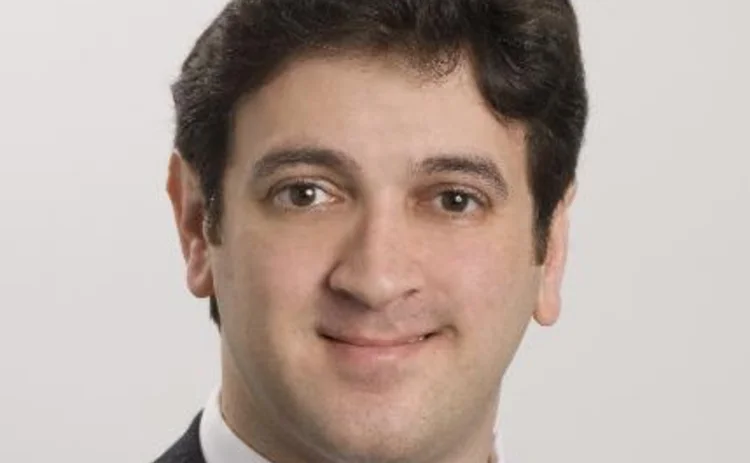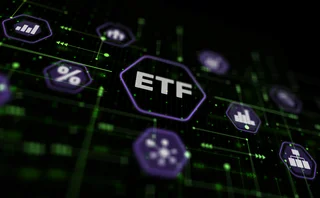Who's Got the Game Changer in US Options?

With more prognosticators and analysts becoming bullish about the US options market making a comeback after the setbacks suffered from the 2008 financial crisis, the competition between the major US options venues is also going to intensify.
For Deutsche Börse—which acquired the International Securities Exchange (ISE) before the crisis, in 2007, and has spent over two years readying a new trading platform for the ISE expected to launch this fall—the moment of truth for its US options business through ISE is near.
With the new platform, ISE is aiming to reverse declining volumes and business. Its average daily volume dropped 36.9 percent for the month of August 2010 compared to August 2009. Its year-to-date average daily volume as of the end of August 2010 was down 24.3 percent from this volume figure in August 2009.
Even before the platform launch, ISE has been trying to arrest the decline with pricing breaks and a maker-taker pricing model for some issues. "These are competitive responses to what the Philadelphia Stock Exchange has done, and the success NYSE Arca has seen with its maker-taker pricing model," says Andy Nybo, principal and head of the derivatives practice at consultancy Tabb Group. "When you have declining market share, you think you are in the position of an underdog. They are taking a number of steps to re-engage the market and attract more order flow."
Of course, ISE won't be making its improvements in a vacuum. The Chicago Board Options Exchange (CBOE) is approaching the launch of C2, a new platform, by the end of October. NYSE Euronext, with NYSE Arca and the Amex derivatives business under its umbrella, has become formidable in options once again.
"In such a competitive environment, the exchanges are pulling out all the stops to try to attract liquidity," says Nybo. "Much depends on how ISE shapes their market structure going forward, how they develop and implement trading protocols and rules, and what market structure they ultimately adopt."
In this more extreme competitive environment, the ISE will have to prove itself all over again, and harness options liquidity and trading demand. "Options are probably one of the most competitive sectors in exchanges," says Nybo. "Lots of attention will be focused on options trading by the exchanges."
As autumn progresses, we here at Sell-Side Technology think anything can happen in this competition, and it will be exciting to follow. There could always be a game-changing event no one anticipated, like Johnny Damon's surprise steal of third base in last year's baseball World Series. Perhaps one of the venues' executives has something like that up their sleeve.
Only users who have a paid subscription or are part of a corporate subscription are able to print or copy content.
To access these options, along with all other subscription benefits, please contact info@waterstechnology.com or view our subscription options here: http://subscriptions.waterstechnology.com/subscribe
You are currently unable to print this content. Please contact info@waterstechnology.com to find out more.
You are currently unable to copy this content. Please contact info@waterstechnology.com to find out more.
Copyright Infopro Digital Limited. All rights reserved.
You may share this content using our article tools. Printing this content is for the sole use of the Authorised User (named subscriber), as outlined in our terms and conditions - https://www.infopro-insight.com/terms-conditions/insight-subscriptions/
If you would like to purchase additional rights please email info@waterstechnology.com
Copyright Infopro Digital Limited. All rights reserved.
You may share this content using our article tools. Copying this content is for the sole use of the Authorised User (named subscriber), as outlined in our terms and conditions - https://www.infopro-insight.com/terms-conditions/insight-subscriptions/
If you would like to purchase additional rights please email info@waterstechnology.com
More on Trading Tech
Symphony boosts Cloud9 voice offerings with AI
The messaging and collaboration platform builds on Cloud9’s capabilities as it embraces the AI wave in what CEO Brad Levy calls “incremental” steps.
Can exchanges leverage new tech to claw back ETF share from RFQ platforms?
Systematic trading strategies and proliferating data are bringing efficiency to an otherwise-fragmented European ETF market.
Nasdaq reshuffles tech divisions post-Adenza
Adenza is now fully integrated into the exchange operator’s ecosystem, bringing opportunities for new business and a fresh perspective on how fintech fits into its strategy.
Liquidnet sees electronic future for gray bond trading
TP Icap’s gray market bond trading unit has more than doubled transactions in the first quarter of 2024.
This Week: HKEx's new derivatives platform; GoldenSource; Quonian-SimCorp, and more
A summary of some of the latest financial technology news.
Chris Edmonds takes the reins at ICE Fixed Income and Data Services
Edmonds is now leading ICE’s fixed income and data business as the rush to provide better data and analytics in fixed income builds.
Systematic tools gain favor in fixed income
Automation is enabling systematic strategies in fixed income that were previously reserved for equities trading. The tech gap between the two may be closing, but differences remain.
Waters Wrap: Examining the changing EMS landscape
After LSEG’s decision to sunset Redi, Anthony examines what might lie ahead for the EMS space.
Most read
- Chris Edmonds takes the reins at ICE Fixed Income and Data Services
- Deutsche Börse democratizes data with Marketplace offering
- Waters Wavelength Podcast: Broadridge’s Joseph Lo on GPTs








